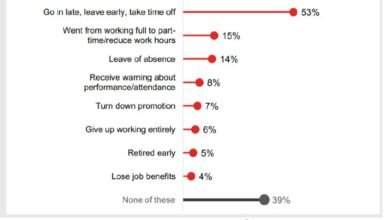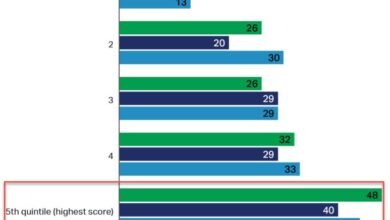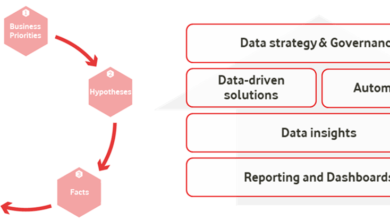People Analytics Software Is Changing the HR Game
Next-generation people analytics software can help HR improve the gathering, correlating and analyzing of key data

Source | www.shrm.org | Dave Zielinski
For years, human resource leaders have faced significant obstacles in their attempts to use analytics to make better people decisions. They’ve often been forced to cobble together data from multiple spreadsheets or attempted to extract information from unwieldy systems to determine metrics on employee engagement, cost per hire, turnover rates in pivotal jobs and gender pay equity.
While such technology obstacles still exist in many companies, they’ve increasingly become a thing of the past with the arrival of more-sophisticated, cloud-based analytics tools that allow HR to employ people data in more timely and effective ways to support organizational decision making.
A renewed focus on people analytics in HR also reflects changes in how the C-suite views the workforce, experts say. “There’s been a shift away from viewing people as a commodity and the thinking that ‘as long as we have enough workers to fill jobs and it’s not costing us too much, we’re fine,’ ” says Ian Cook, vice president of people solutions at Visier, an analytics provider in Vancouver, British Columbia, Canada. “Now, more often CEOs want to know that they have the right people with the right skills in the right jobs to execute on their strategy. There’s a growing focus on talent quality, not just talent costs.”
People Analytics Options Grow
HR professionals now have next-generation analytics software at their disposal that either comes packaged as part of a vendor’s technology suite or is available from providers that specialize in analytics products.
The evolution and growth of these tools has created a more competitive marketplace, experts say. “Most HR functions now expect to have some cloud-based people analytics tools, but the question has become do they use analytics embedded in a suite, tools from a stand-alone provider or even build their own analytics in-house,” says Helen Poitevin, a Paris-based vice president and analyst with research firm Gartner who specializes in HR technologies. “In many cases, the question has become how much they’re willing to pay for these tools.”
Kathi Enderes, vice president of talent and workforce research with San Francisco-based Deloitte Consulting, says HR functions that get the most value from their analytics initiatives tend to employ a variety of software tools. In a recent study of the people analytics technology market, Deloitte found that the most mature organizations—those furthest along in their analytics journeys—reported using an average of seven analytics tools, as compared with four tools in the lowest-maturity organizations.






